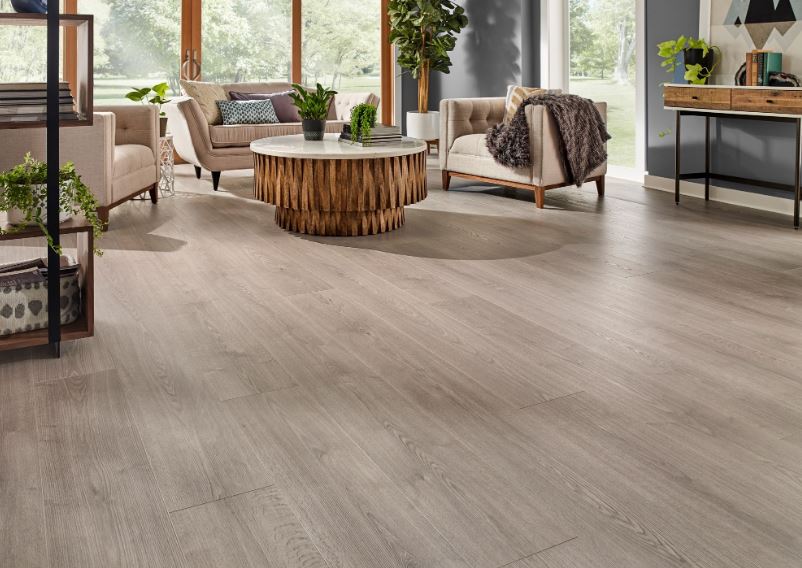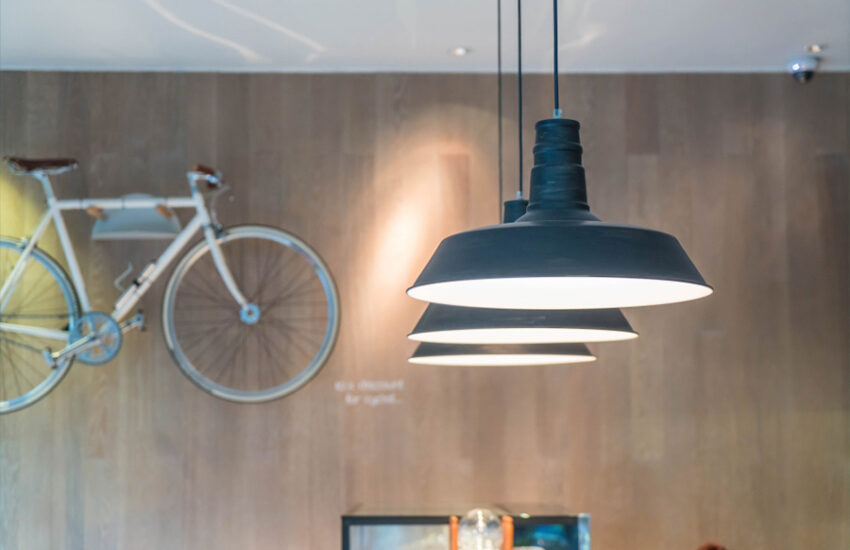SPC flooring, also known as Stone Plastic Composite flooring, is a type of flooring that has gained popularity in recent years due to its durability, versatility, and cost-effectiveness. In this article, we will explore everything you need to know about SPC flooring, including its characteristics, benefits, installation, and maintenance.
What is SPC Flooring?
SPC flooring is a type of vinyl flooring that is made of a mixture of natural limestone powder, polyvinyl chloride, and stabilizers. The result is a highly durable and water-resistant flooring option that closely resembles natural stone or hardwood. SPC flooring is typically available in planks or tiles that can be clicked or glued together, making it easy to install.
Characteristics of SPC Flooring
SPC flooring has several key characteristics that make it an attractive flooring option. These include:
- Durability: SPC flooring is highly resistant to scratches, stains, and impact, making it ideal for high-traffic areas in both residential and commercial settings.
- Water-resistance: SPC flooring is highly water-resistant, making it an excellent choice for areas prone to moisture such as bathrooms, kitchens, and basements.
- Comfort: Unlike traditional stone or tile flooring, SPC flooring is softer underfoot, making it more comfortable to walk on for extended periods.
- Easy installation: SPC flooring can be installed quickly and easily, with minimal tools and no need for adhesives or special equipment.
- Versatility: SPC flooring is available in a wide range of colors and patterns, allowing you to create a unique and customized look for your home or business.
Benefits of SPC Flooring
There are several benefits to choosing SPC flooring for your home or business, including:
- Cost-effective: SPC flooring is more affordable than traditional stone or tile flooring, making it an excellent option for those on a budget.
- Low maintenance: SPC flooring requires minimal maintenance, with no need for polishing or sealing.
- Hygienic: SPC flooring is easy to clean and does not harbor bacteria or mold, making it an excellent choice for those with allergies or respiratory issues.
- Eco-friendly: SPC flooring is made of natural limestone powder and is 100{841e8f055dc808b019531272a1c98a7b8cb14712fdb14ac713dd731441751ea8} recyclable, making it an environmentally friendly choice.
Installation of SPC Flooring
Installing SPC flooring is a relatively straightforward process that can be completed by a skilled DIYer or professional installer. The flooring can be installed over most subfloors, including concrete, plywood, or existing vinyl or tile flooring. The installation process typically involves the following steps:
- Preparation: The subfloor is cleaned, leveled, and any imperfections are addressed before installation.
- Underlayment: A foam underlayment may be added to improve sound insulation and cushioning.
- Layout: The SPC flooring planks or tiles are laid out in a dry run to determine the best layout and pattern.
- Installation: The SPC flooring is installed using either a click-and-lock or glue-down method, depending on the manufacturer’s instructions.
Conclusion
SPC flooring is a versatile, durable, and cost-effective flooring option that is suitable for a wide range of applications. Its water-resistant and low-maintenance properties make it an excellent choice for high-traffic areas such as kitchens, bathrooms, and entryways.






